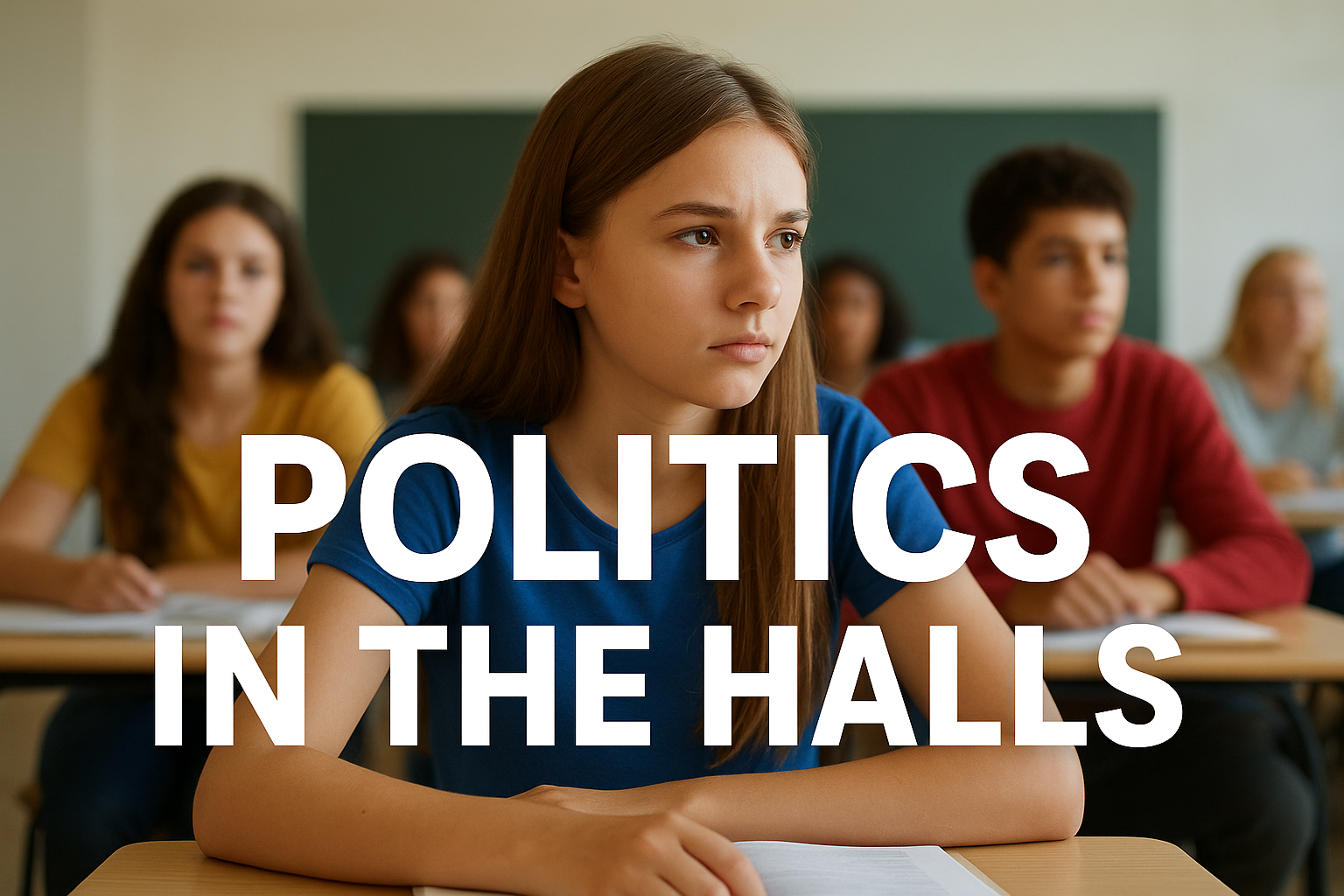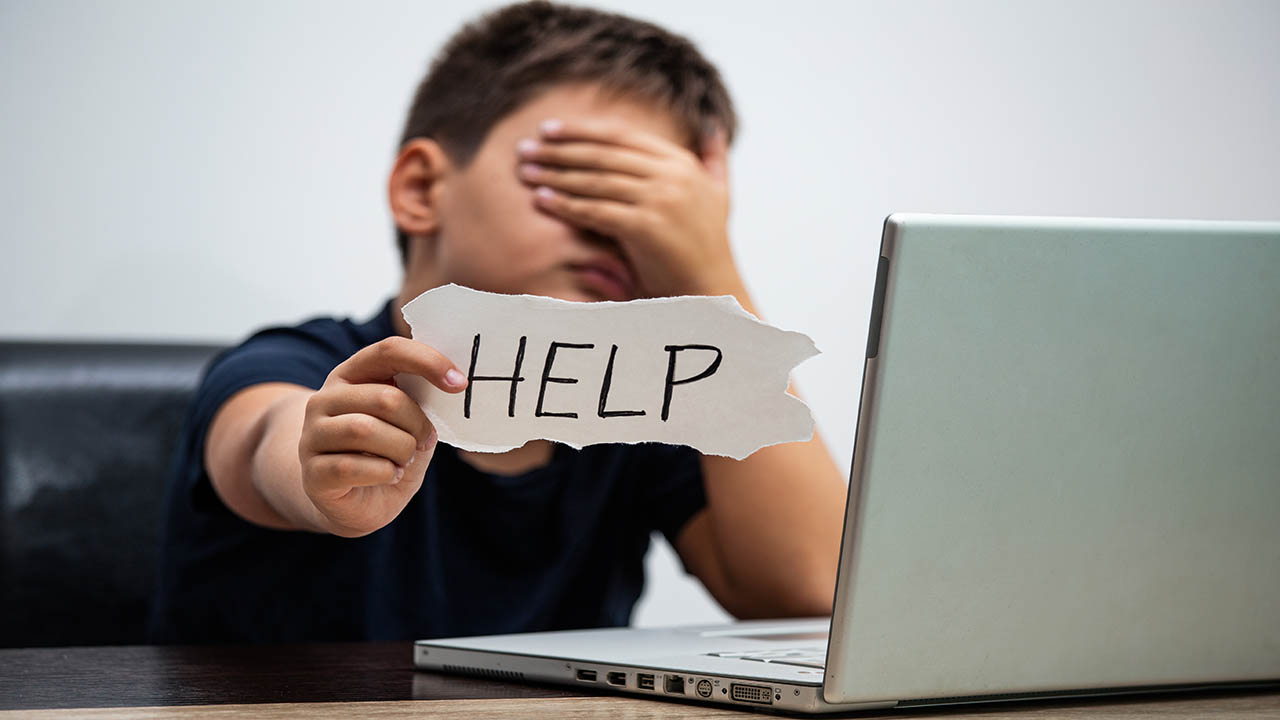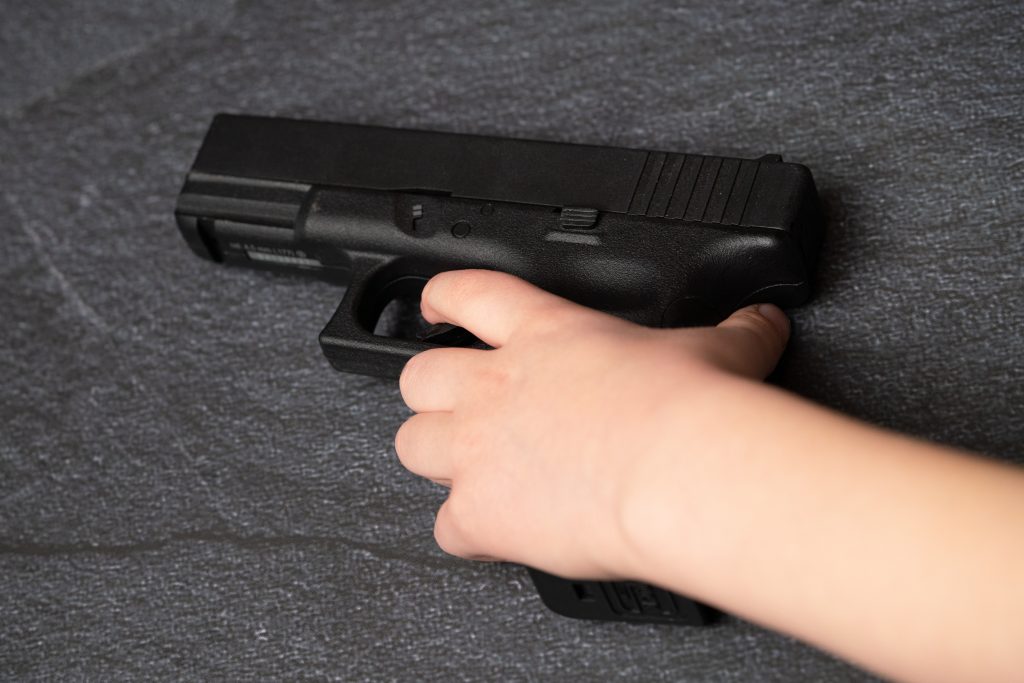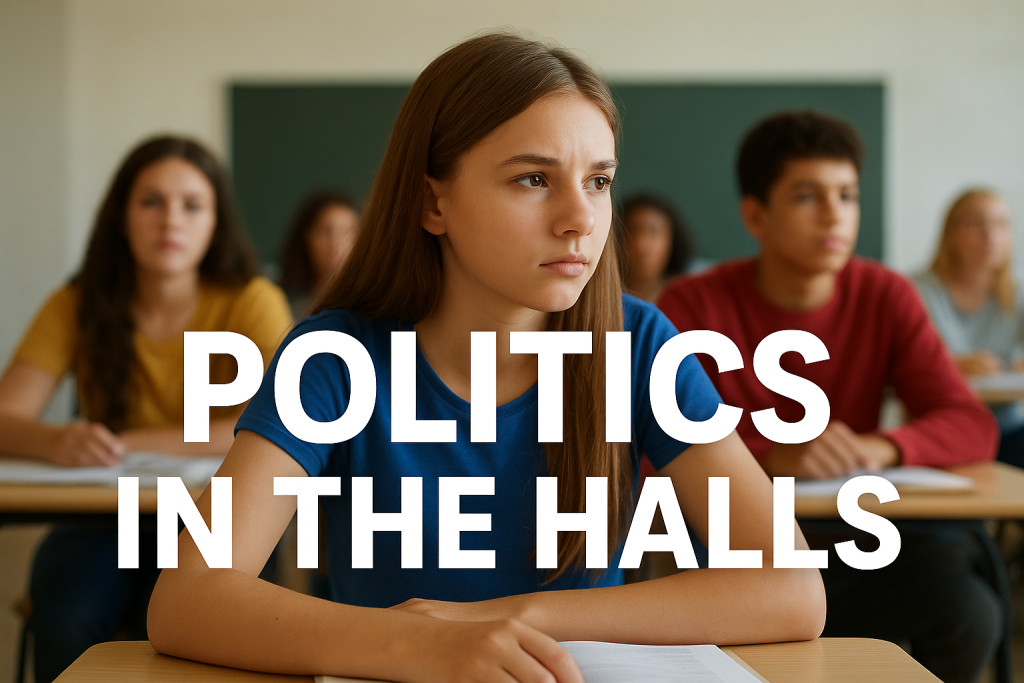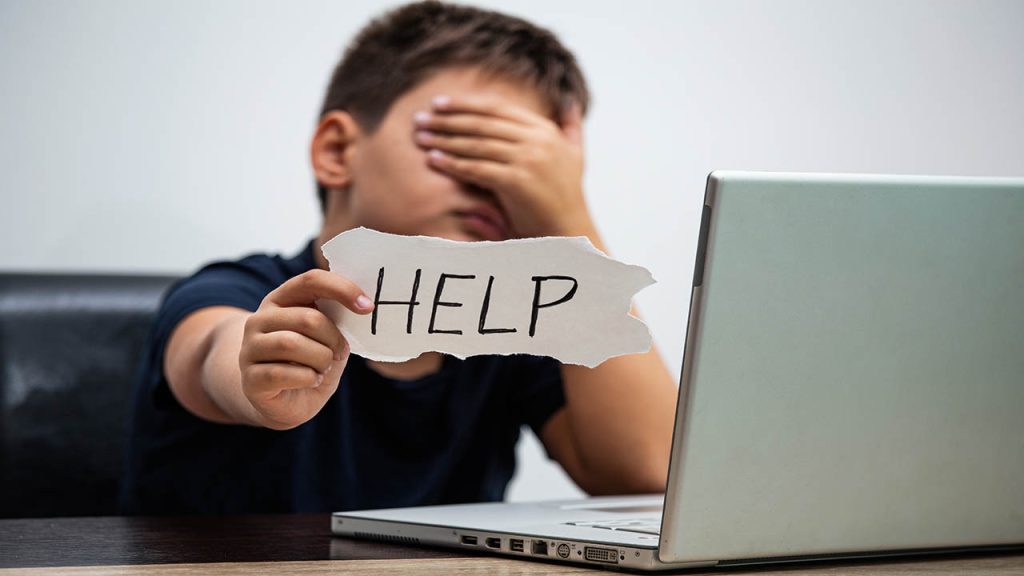

What They’re Not Telling You About “Students With Disabilities” and School Discipline
By John Huber
Every few months, another article circulates with a headline about how “students with disabilities” are suspended at disproportionately higher rates than students without disabilities. The intent is valid: to spotlight a lack of support and call for improvement. But the term itself, “students with disabilities,” is misleading, and the information that follows often ignores the real challenges schools face.
When most people hear the term “students with disabilities,” they picture a child with Down syndrome, a non-verbal student with autism, or a physically impaired child in a wheelchair. These students exist, and yes, they require support and protection. But when these statistics are reported, particularly those surrounding high rates of school suspensions, they usually refer to students with behavioral disabilities. That’s a very different group.
These are not students who can’t function academically. In many cases, they are bright, capable kids, sometimes above grade level, whose primary struggle is behavior: aggression, disruption, defiance, or chronic noncompliance. They may have an emotional disturbance (ED) classification or another behavioral diagnosis that qualifies under IDEA. Their disability isn’t visible. Their impact, however, is.
What About the Rest of the Class?
The conversation usually focuses entirely on the child being disciplined. But what about the one who got shoved across the room? What about the student whose glasses were broken during a classroom tantrum? What about the dozens of kids in classrooms every day where instruction is constantly derailed by the same handful of students?
Ask any veteran teacher and they’ll tell you: instructional time is being lost. Learning is being sacrificed. And it’s not because teachers lack training or compassion, it’s because they’re managing chaos, often daily, and with their hands tied.
We keep hearing, “These students are entitled to an education.” Yes, they are. But so is every other child in that room. When one student’s needs override the learning rights of the majority, that’s not equity. That’s neglect—of both staff and students.
Suspension Isn’t Always the Problem—Sometimes It’s the Safety Valve
It’s no surprise that students with behavioral disabilities are suspended more often. That’s the very nature of their disability: behavior that violates rules and disrupts environments. The alternative to suspension isn’t always a magic intervention plan. Sometimes, it’s continued disruption, unchecked aggression, or worse, teachers resigning and parents demanding answers.
In my work, I’ve seen how these patterns unfold. Schools are doing their best to provide supports, but they’re also being pulled in multiple directions: legal liability, parent pressure, staff burnout. When a student with a behavioral disability punches a peer or curses at a teacher, administrators are stuck. They must either act on behalf of the victims and face backlash from disability advocates, or fail to act and lose the trust of their school community.
What’s the Solution?
We need to be honest about what these reports are really showing. The recent 74 Million article points out that geography matters. It absolutely does. But what also matters is the reality that some districts simply have more students with intense needs, and fewer options for placement or support.
Here’s what I believe:
- We need more clarity in the language. Stop lumping all disabilities together when reporting suspensions. Behavioral disability is not the same as a physical or cognitive impairment.
- Schools must have alternative placements and therapeutic settings available. Expecting a general education classroom to absorb all behaviors with zero impact is a recipe for failure. Everyone in education knows it but refuses to admit it.
- Administrators need flexibility. The rigid policies around suspending students with IEPs are making it nearly impossible for schools to protect the learning environment. The original theory behind the 10-day limit made sense: if a student needed to be suspended for so many days, something wasn’t right in the student’s placement. But this has slowly changed into a blanket policy that just prevents suspension beyond 10 days—regardless of what’s actually happening.
- And finally, let’s stop pretending that all suspensions are signs of failure. Sometimes, a suspension is what keeps a school running—and keeps a teacher from resigning.
Supporting students with behavioral disabilities is not just a compliance issue. It’s a community responsibility. But if we continue to use misleading data and guilt-based messaging to silence valid concerns from educators, we’ll keep losing great teachers—and doing a disservice to the very students we claim to be protecting.
Dig Deeper With Our Longreads
Newsletter Sign up to get our best longform features, investigations, and thought-provoking essays, in your inbox every Sunday.
The MEN was founded by John Huber in the fall of 2020. It was founded to provide a platform for expert opinion and commentary on current issues that directly or indirectly affect education. All opinions are valued and accepted providing they are expressed in a professional manner. The Maryland Education Network consists of Blogs, Videos, and other interaction among the K-12 community.

